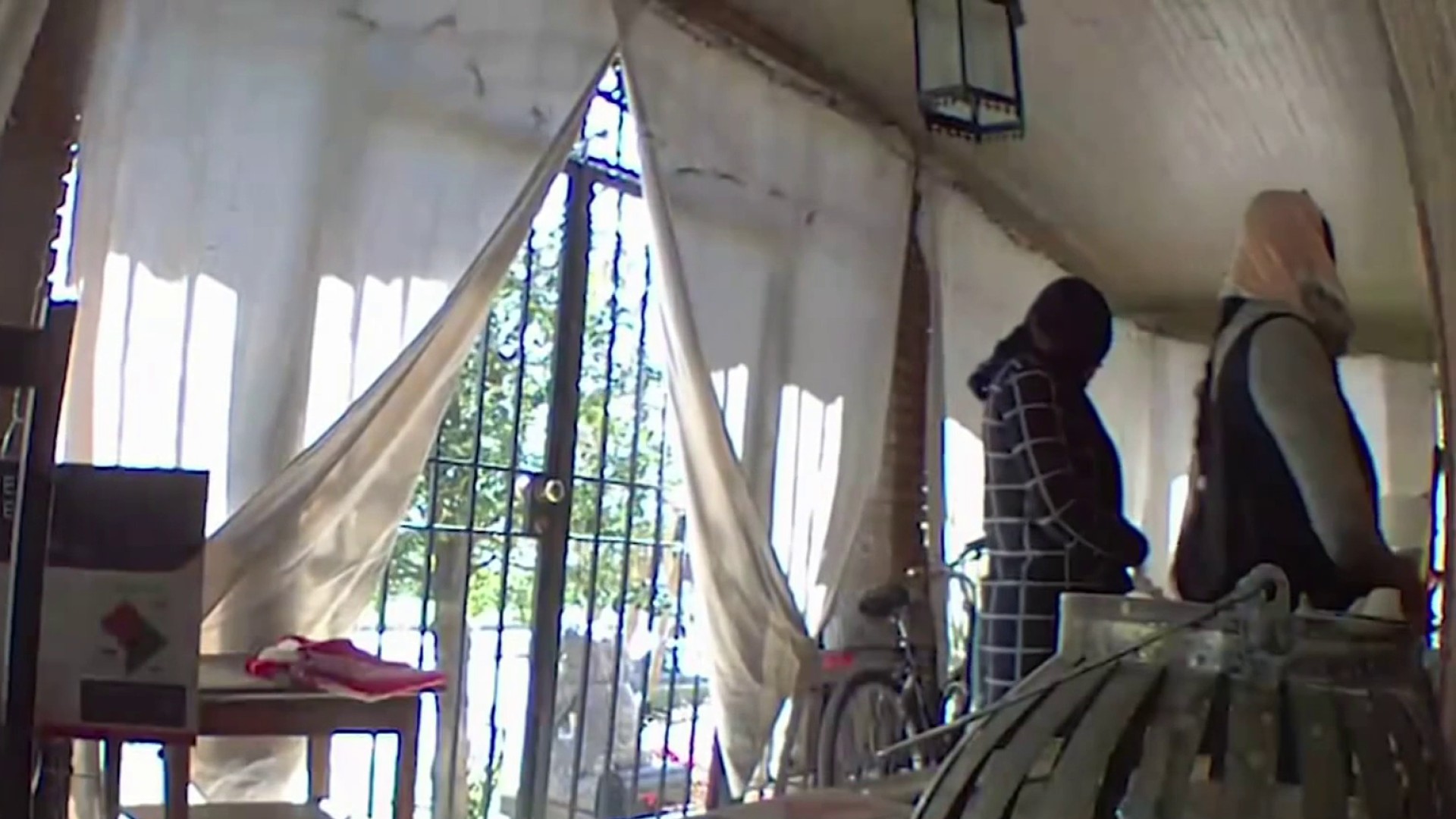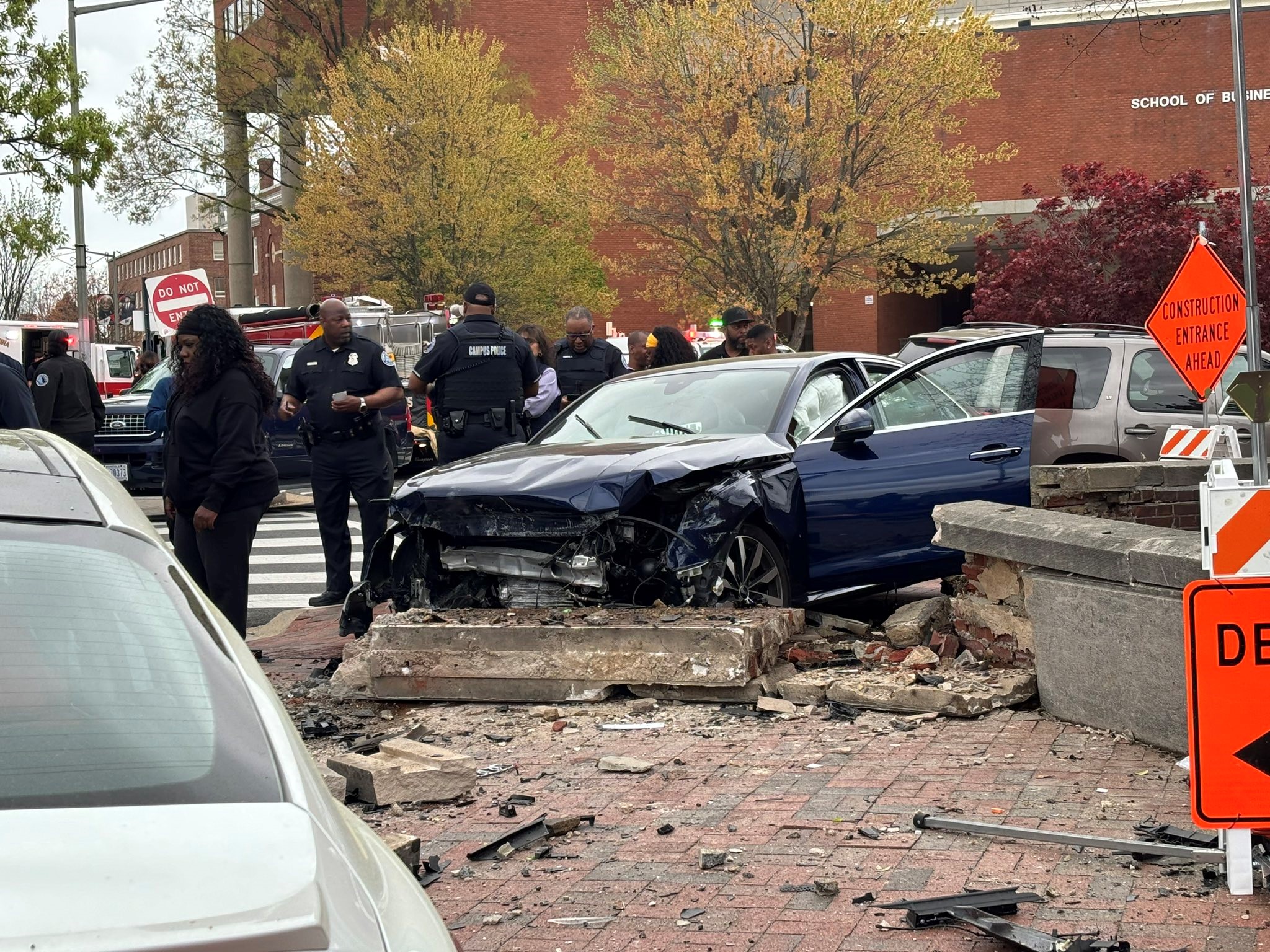Kevin Dillard literally tore his pool into pieces earlier this year after police discovered the body of his 2-year-old neighbor in the above-ground pool just 20 minutes after she disappeared from her home.
Virginia Beach Police did not press charges after investigators found a hole in Dillard’s fence just big enough for a child to crawl through, but Dillard said he was “devastated” by the toddler’s death.
More than 280 kids under the age of 5 drown every year in pools, according to the U.S. Consumer Product Safety Commission.
The News 4 I-Team found more than 50 of those deaths happened in Maryland, D.C. and Virginia within the past 10 years, after reviewing records from health departments, hospitals, police departments and medical examiner reports.
The CPSC reports most children die when an adult loses track of the child when they're at the pool together, but one out of every 10 child pool drownings happens after the child figures out how to get through the pool fence.
"Kids are natural born explorers,” said Dr. Rich Lichenstein, a pediatric emergency doctor at the University of Maryland Medical Center who has studied the Maryland cases, including 30 “near-drownings” within the past three years. “They see these colorful floats, tubes and noodles."
While some involved teenagers who couldn’t swim, most were toddlers between 1 and 4 years old, he said.
Local
Washington, D.C., Maryland and Virginia local news, events and information
"They don't quite understand the risk of water getting in their mouth and water causing them to choke,” he said. “It's just a second and all of a sudden they lose their lives."
Dr. Lichenstein cited statistics showing drowning is the leading cause of accidental death for children under the age of 4, so it's critical for all adults -- even those who don't have kids -- to secure their pools.
All of the local governments in our area require pool owners to install a tall fence and locking gate, either with a self-latching mechanism or padlock.
Michael Slattery, a pool inspector for Prince George’s County’s Health Department, which inspects more than 300 pools each summer, showed the I-Team what he looks for when he inspects a fence during a recent visit to the Greenbelt Aquatic Center in Greenbelt, Maryland.
He carefully walked the perimeter of the pool’s fence, making sure gates were locked and pulling really hard on the fence itself.
“The big issue is how easy it is to pull up from the bottom,” he said.
In Prince George’s County, a fence must be 6-feet tall -- higher than most adults’ heads, he said.
He suggested pool owners make a fist, with their thumb on the outside, to approximate the size of a small child’s head. If their fist can get through, then the hole or gap in the fence is too big, he said.
Eighty-seven percent of all child drownings happen in residential pools, according to the CPSC, so the I-Team searched through hundreds of inspection reports and complaint investigations into private pools in our region and found multiple apartment complexes in Prince George's County cited for holes in their fences and broken gates before the summer season started. In Montgomery County, inspectors there visited multiple homes after neighbors complained about holes in fences. In both counties the I-Team found all of the fences were repaired or replaced after the inspector's visit.
But that's not the case in Fairfax County. Even though Virginia law gives counties the power to go after people who don't maintain their pool fences, including jail time and fines, Fairfax doesn't enforce the ordinance, a county spokesman said. Meaning Fairfax County "does not maintain any records" of "complaints or violations," according to an email sent by the spokesman.
Records from the state's medical examiner and local police show at least eight children have died in Fairfax County pools within the past 10 years.
Dr. Shireen Atabaki at Children's National Health Center told the I-Team it is critical for parents to teach their kids how to swim and to keep an eye on them at all times.
She said you just cannot assume a fence or a gate will keep a kid out, because her staff saw 21 near-drownings in their emergency room alone just last year.
"A lot of people put pool covers on the pool,” Atabaki said. “We have seen cases of toddlers suffocating, near-drowning, in the small amount of water you get in from the pool cover."
She and all the experts the I-Team interviewed said the same thing: You’ve got to think like a toddler by looking for places where they can squeeze through.
And tackle the problem now so you never have to find a child in your pool after it’s too late.
Things That Can Kill You
- There should always be one adult for every two children in a pool, according to Dr. Shireen Atabaki at Children’s National Medical Center. You have to actually watch them. Do not read a book or check your cell phone because emergency room doctors say drowning is nearly silent and can happen in seconds.
- Make sure there’s a fence at least 6-feet tall surrounding the pool on all sides.
- All spaces, gaps and holes in the fence must be less than 4 inches (the size of an adult fist). Make sure you check along the ground. Inspectors say kids pull fences up – and pull them down. Stronger, older siblings can pull the fence up just enough to fit a smaller child underneath.
- You must have a self-latching gate that locks itself. Otherwise padlock the gate to keep curious kids out. Emergency room pediatrician Dr. Rich Lichenstein says kids are very clever and even small children can open complicated latches.
- Make sure there are TWO drains at the bottom of the pool with the drain covers intact. Check hot tubs and spas, too. If there’s only one, a child could be pulled down by the suction created by the drain. Covers must be intact so hair, bathing suits and other loose items don’t pull the child into the drain. “They need to be secured to the bottom of the pool,” said Michael Slattery of Prince George’s County’s Health Department. “If they’re not there, don’t swim in the pool.”
- Make sure there’s a lifeguard at public pools. They need to be able to see the bottom of the entire pool and should have their rescue tube within arm’s reach.
Things That Can Make You Sick:
- Pool clarity. “If the pool isn’t crystal clear, don’t swim in it,” said Slattery.
- The pH must be between 7.2-7.8.
- Chlorine must be between 1.5 ppm and 10 ppm.
- Look for major damage on the pool deck and in the pool. Cracking tiles and concrete can slice feet open.
- Look for raw metal edges on ladders and other pool equipment to avoid cuts and lacerations.
Reported by Tisha Thompson, produced by Rick Yarborough, and shot and edited by Steve Jones.



